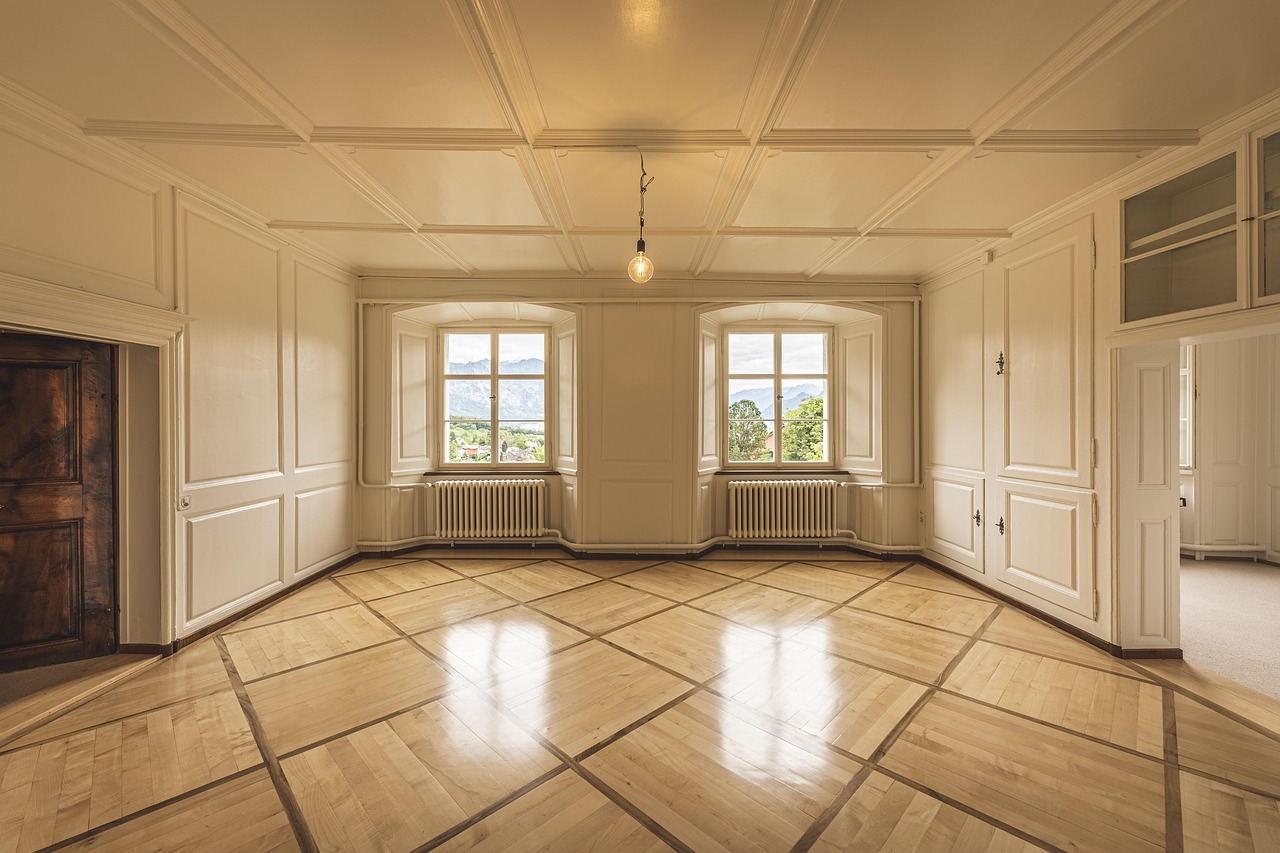Choosing between Turnkey and Core & Shell finishes significantly impacts a construction project’s budget. While Turnkey offers a ready-to-use space, Core & Shell provides flexibility with lower initial costs. But which one is truly more cost-effective? This article compares both approaches in terms of upfront expenses, long-term savings, customization, and return on investment (ROI) to determine the smarter financial choice.
What Are Turnkey Finishes?
A Turnkey project delivers a fully completed building, including interior finishes, electrical systems, plumbing, and fixtures. The end-user can immediately occupy the space without additional work.
Advantages of Turnkey Finishes
- Immediate Usability – No construction delays; tenants or buyers can move in right away.
- Fixed Budgeting – Total costs are known upfront, reducing financial surprises.
- Higher Resale/Rental Value – Market-ready properties command premium pricing.
- Reduced Stress – Eliminates the hassle of managing post-purchase renovations.
Disadvantages of Turnkey Finishes
- Higher Initial Cost – Developers include profit margins for finishes, increasing the price.
- Limited Customization – Buyers must accept pre-selected materials and layouts.
- Potential Over-Specification – Some finishes may be unnecessary, adding avoidable costs.
What Are Core & Shell Finishes?
Core & Shell (Shell & Core) construction completes only the building’s structural framework, exterior, and essential systems (like HVAC and elevators). Interior spaces remain unfinished, allowing customization.
Advantages of Core & Shell Finishes
- Lower Upfront Investment – Buyers pay only for the base structure, reducing initial expenses.
- Full Customization – Tenants can design interiors to match exact business or personal needs.
- Scalable Fit-Out Costs – Companies can phase interior work based on budget availability.
- Attracts Commercial Tenants – Offices and retailers often prefer tailored spaces.
Disadvantages of Core & Shell Finishes
- Delayed Occupancy – Interior construction extends the timeline before use.
- Unpredictable Expenses – Fit-out costs vary based on materials and labor rates.
- Coordination Challenges – Managing multiple contractors for interiors increases complexity.
Cost Breakdown: Turnkey vs. Core & Shell
Upfront Costs
- Turnkey → 20-30% more expensive due to completed interiors.
- Core & Shell → Lower initial cost, but fit-outs add 15-40% later.
Long-Term Financial Impact
- Turnkey → Faster ROI from immediate leasing or resale.
- Core & Shell → Potential savings if fit-outs are negotiated efficiently.
Flexibility & Future Expenses
- Turnkey → Renovations may be needed later, increasing lifecycle costs.
- Core & Shell → Custom interiors reduce future modification expenses.
Market Factors
- Residential Buyers → Prefer Turnkey for convenience.
- Commercial Clients → Often choose Core & Shell for branding and functionality.
Which Option Saves More Money?
Best for Cost-Conscious Investors
- Short-Term Savings → Core & Shell (lower initial spend).
- Long-Term Savings → Turnkey (avoids fit-out inflation and delays).
Best for End Users
- Businesses → Core & Shell (tailored spaces enhance productivity).
- Homeowners → Turnkey (simplifies the buying process).
Hidden Costs & Market Trends
- Hidden Costs:
Turnkey projects may appear more expensive upfront but reduce risks of material cost increases, delays, and design mistakes often seen with Core & Shell. - Customization Flexibility:
Core & Shell allows businesses to design interiors tailored to their evolving operational needs, potentially avoiding future renovation costs. - Market Demand:
In competitive urban markets, Turnkey properties sell or lease faster due to convenience, while Core & Shell attracts investors seeking to cater to specific tenant requirements. - Financing Advantages:
Banks typically offer better mortgage or financing terms for Turnkey properties, as they’re move-in ready and pose lower lending risk. - Investment Considerations:
Core & Shell may involve delayed rental income due to longer fit-out periods, but can result in higher returns if the space is customized for premium tenants. - Recommendation:
A thorough cost-benefit analysis—including fit-out costs, rental income projections, and cash flow—helps determine the optimal financial strategy.
Conclusion
While Core & Shell finishes reduce initial costs, Turnkey projects minimize long-term risks and delays. Investors prioritizing quick returns should opt for Turnkey, whereas those seeking customization may prefer Core & Shell. Ultimately, the “cheaper” option depends on your project’s timeline, budget, and end-use requirements.
Contact Forsa For Real Estate Services Or Visit Our Website.





Join The Discussion